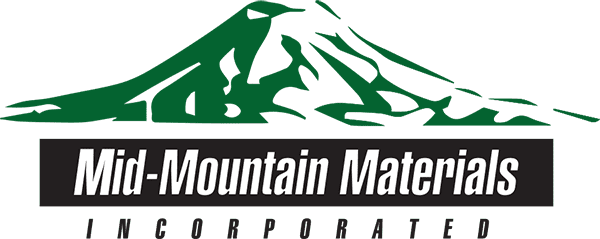Insulation materials have the potential to transform the energy efficiency of equipment and processes for the better. There are a variety of different types of insulation materials available. These include advanced ceramics, fiberglass, silicone coated fiberglass, and vermiculite. Each insulation material works to lower the heat transfers in equipment during industrial processing. Join us as we explain how these insulation materials work and boost the energy efficiency of processing and equipment alike.
Deciphering Insulation Materials
The aim of using insulation materials on industrial processing equipment is to decrease the heat transfer that occurs between various objects or areas. These materials can achieve this through slowing down how the heat moves via conduction, convection, and radiation. By minimizing heat gain and heat loss, insulation materials ensure an area can stay at the right temperature.
Not only are these materials a cost-effective solution, as they can lower energy expenses, but they can make an impact on the energy efficiency of equipment, thus increasing production times. In addition, insulation materials stop equipment from overheating by preventing external heat from having an impact, and thus lower energy demands.
Achieving Energy Efficiency With Insulation Materials
Insulation materials decrease the heat transfer on equipment and improve their energy efficiency. Here are some ways these materials are able to attain this:
1. Material Attributes
Insulation materials contain several properties that can influence the energy efficiency of equipment. The first thing of note is the low thermal conductivity of insulation materials, such as fiberglass. With this characteristic, insulation materials can stop heat from leaving when colder temperatures occur. It can also prevent the heat from moving into a space in warmer temperatures. Therefore, less energy is required for cooling and heating.
Additionally, the majority of insulating materials possess an R-value. This quantifies the amount of heat flow the material is able to withstand. Those with a higher R-value can deliver an increased amount of insulation performance due to their significant levels of resistance against heat transfers. Insulation materials with a larger R-value have the capability to sustain temperatures. The result of this is that a lower amount of energy will be needed for heating and cooling. Thus, less energy consumption will occur.
2. Heat Loss
One of the best ways to look at thermal insulation is to see it as a barrier. Heat will naturally try to travel from a warmer location to one that’s cooler. So, thermal insulation can be used to slow it down, ensuring the heat is kept in the processing space where it’s most effective. Consequently, a reduced amount of energy will be needed to keep the equipment at the right temperature for efficient processing.
Furthermore, the insulating materials’ ability to prevent heat loss can be useful for industrial machinery, like pipes, boilers, and furnaces, in the form of aerogels and ceramic fibers. These materials have decreased thermal conductivity and great heat resistance. They can assist with heat containment so the machinery works at the right operating temperature without increasing energy output. This can lower energy consumption and even enhance efficiency. Therefore, they can help achieve reduced operational costs and better performance from the equipment.
3. Consistent Temperatures
Controlling the temperature of an area is possible with insulation materials. If an interior space is not insulated, then it’s likely that its temperatures will experience a fluctuation. Using insulation materials can help keep the temperature of processing equipment stable while also delivering decreased energy consumption. Managing temperature is what matters when it comes to ensuring equipment is able to work efficiently. Take our removable/reusable insulation jackets and blankets. They’re utilized to cover large pipes found within power generation plants and help them reach optimum temperatures that deliver the utmost efficiency.
4. Reduced Wear
A temperature that’s consistent within equipment is one that helps components avoid becoming stressed. As established, insulation materials can keep a certain temperature sustained, which means equipment does not need to stabilize any temperature changes by working harder. The outcome of this is that the equipment will require a reduced amount of energy to function. Moreover, it means that strain will be decreased on specific components, such as fans and motors, making it less likely that burnout or mechanical failure will occur. With less wear affecting the components, the equipment may have a longer lifespan and need less energy to work.
5. Safety
Improving the energy efficiency of equipment through insulation materials can do more than just enhance the functionality of equipment. It can also have a positive impact on safety. Insulation materials keep operating temperatures consistent and only need a low level of energy to do so. Therefore, the equipment will be unlikely to overheat. If equipment can sustain a safe temperature, the threat of fires and burns will be less of an issue, as will any malfunctions that could potentially hurt operators.
Apply Insulation Materials To Enhance Your Energy Efficiency
It’s worth using insulation materials to refine the energy efficiency of industrial processing equipment. Their attributes and capabilities help lower energy consumption and costs, all the while improving the lifespan of your equipment. If you’re ready to apply insulation materials, Mid-Mountain Materials, Inc. manufactures a broad range of customizable thermal insulation components. Visit our website to learn more about our THERMOPAK® Fabricated Seals, Curtains, Blankets, and Covers and our CERMEX® Thermal Insulation Materials. You can also speak with our experts and utilize their knowledge to find a material that will work for you.

